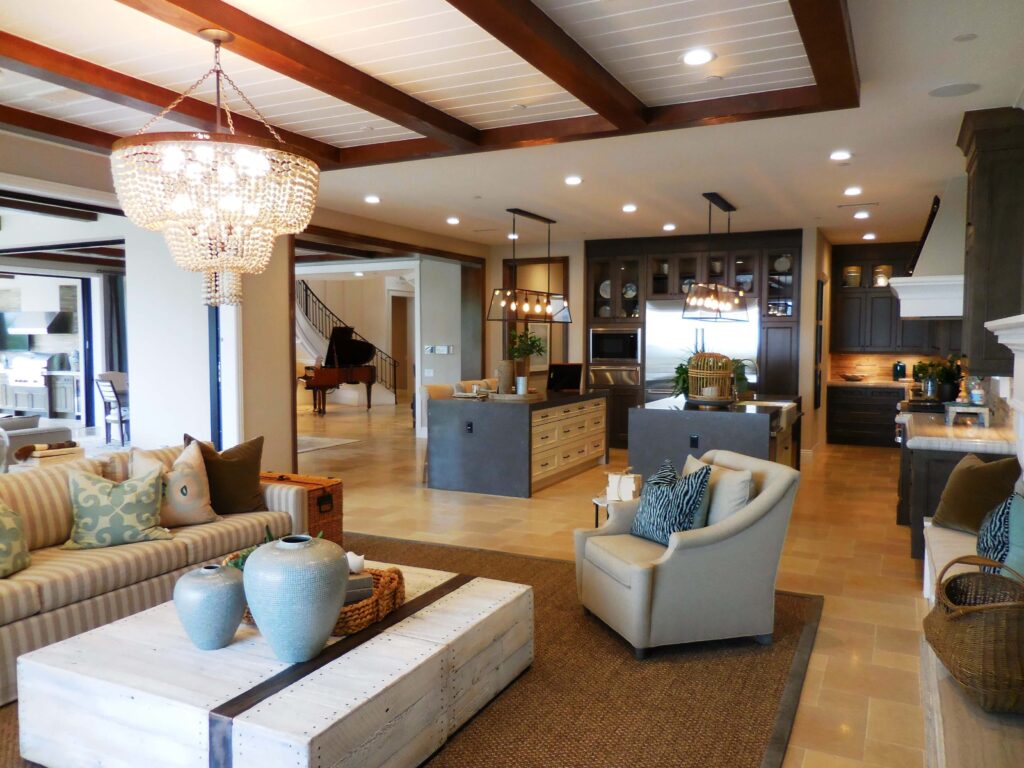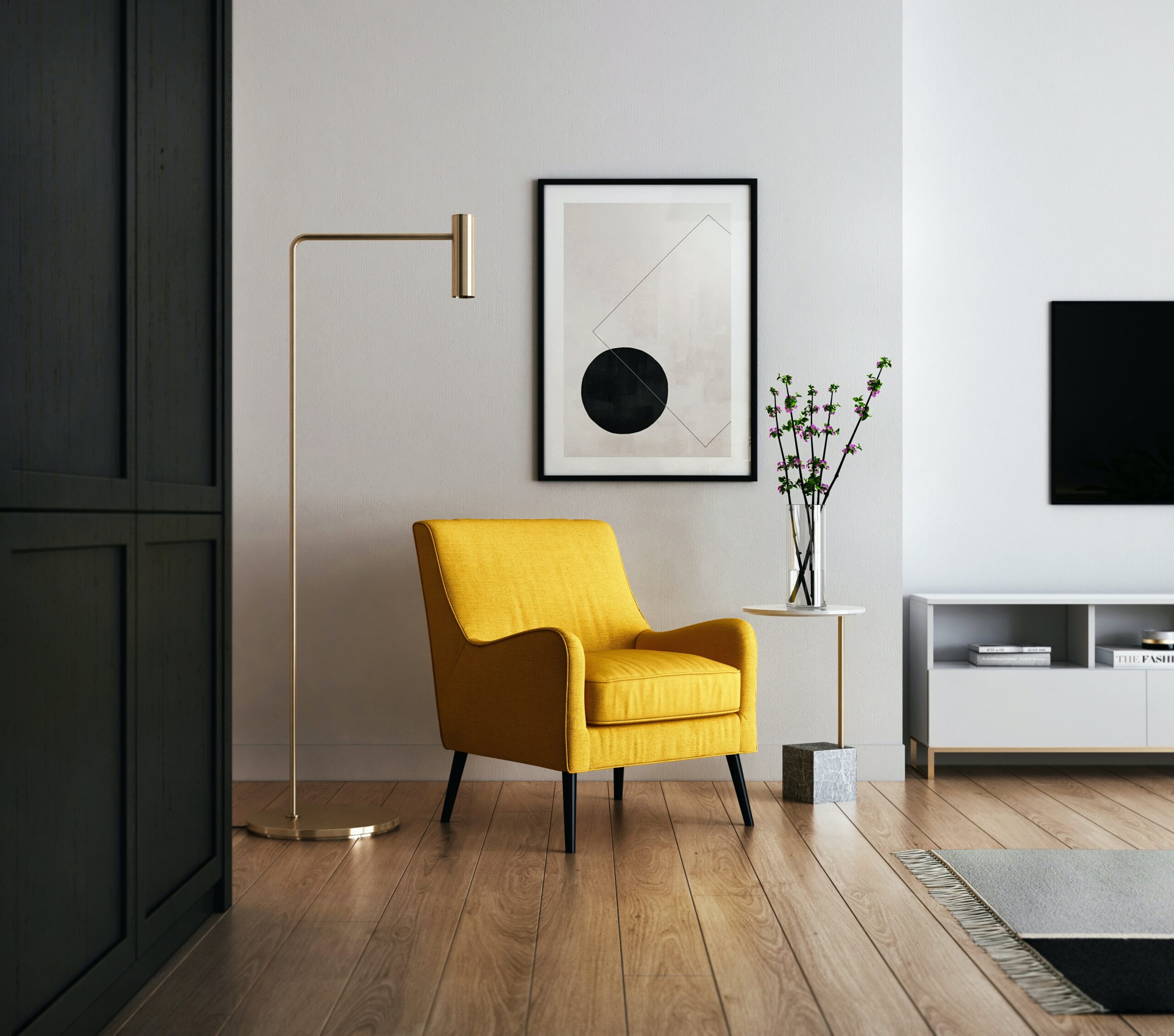The amount you should spend on home interiors can vary widely based on factors such as the size of your home, the scope of the project, your location, and your personal preferences. There isn’t a one-size-fits-all answer, as the budget for home interiors is highly individual and depends on your specific goals and requirements.
Here are some general guidelines to help you determine a budget for your home interiors:
- Percentage of Home Value:
- Some experts suggest allocating a percentage of your home’s value to the interior design budget. A common recommendation is to budget around 10% to 15% of the home’s value for interior design and furnishings. However, this is a general guideline and may not be suitable for everyone.
- Cost per Square Foot:
- Another approach is to estimate the cost per square foot for the interior design. This can vary based on factors such as the level of customization, quality of materials, and location. Costs can range from $50 to $200 or more per square foot.
- Prioritize Spending:
- Prioritize spending based on the areas that matter most to you. Allocate a larger portion of your budget to key living spaces, such as the living room and master bedroom, and distribute the budget accordingly.
- Consult with Design Professionals:
- Consult with interior designers or decorators to get a better understanding of potential costs for your specific project. They can provide insights based on your preferences and the scope of work.
- DIY and Budget-Friendly Options:
- Consider incorporating budget-friendly options and DIY projects to save on costs. Not every element of your home interior needs to be high-end, and there are creative ways to achieve a stylish look on a budget.
- Room-by-Room Budgeting:
- Break down your budget on a room-by-room basis. This allows you to allocate funds more efficiently based on the importance of each space and the specific needs of each room.
- Quality vs. Quantity:
- Focus on quality over quantity. Investing in higher-quality furnishings and materials can contribute to a more timeless and durable design.
- Emergency Fund:
- Keep a contingency or emergency fund in your budget to account for unexpected expenses that may arise during the course of the project.
It’s important to note that these are general guidelines, and your budget should reflect your lifestyle, preferences, and financial situation. Be realistic about what you can afford, and don’t hesitate to communicate your budget constraints with any professionals you work with.
Before starting your project, thoroughly plan and prioritize your goals. Whether you’re doing a full home renovation or focusing on specific rooms, having a well-defined budget will help guide your decisions and ensure a more successful and stress-free design process.

